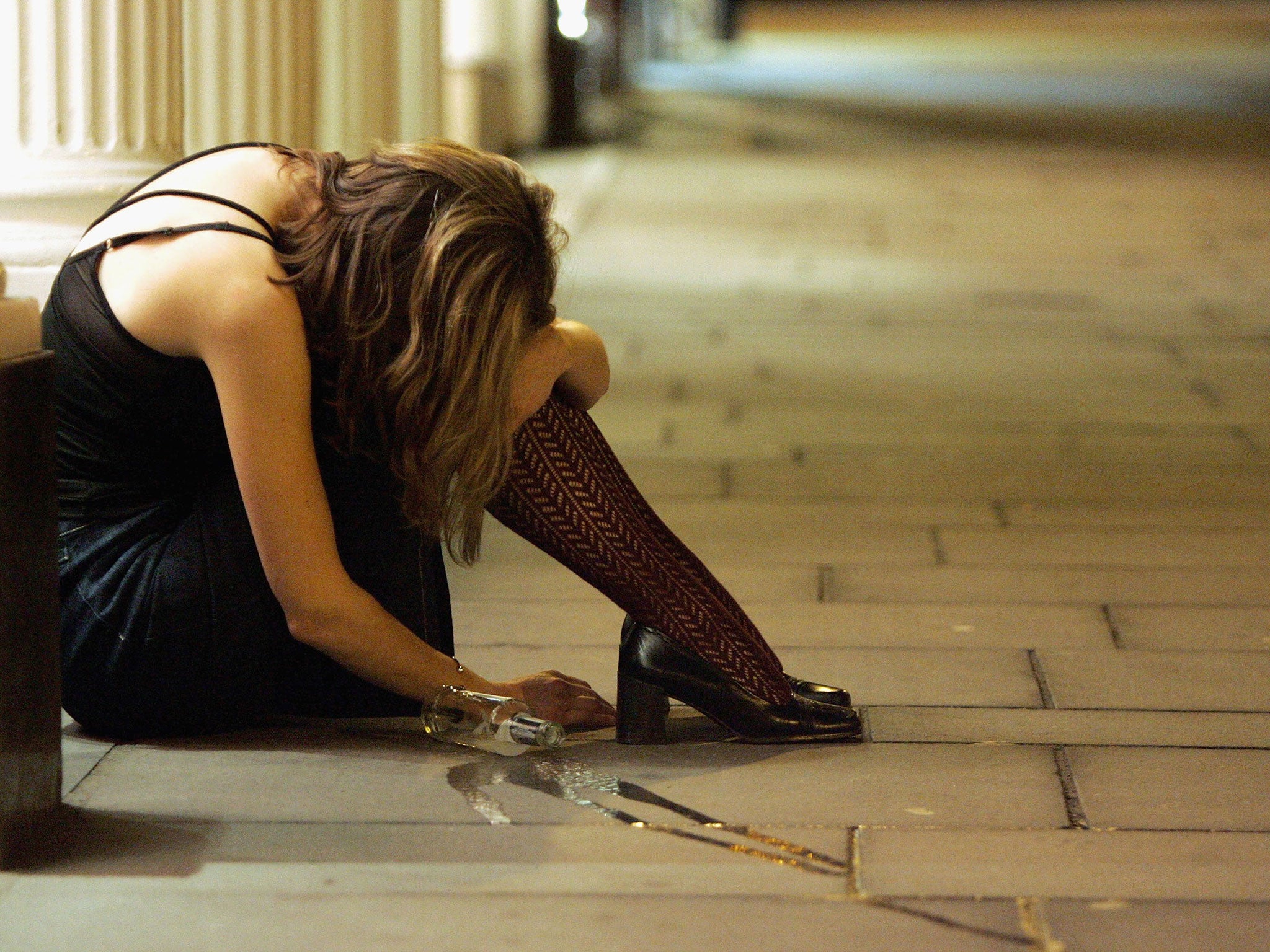Is social media really increasing drinking in children and young adults? The picture is far from clear
Alcohol remains part of our culture and we are duty bound to protect those vulnerable to its effects, writes Tony Rao. But there is still much more that we need to know about how social media influences drinking in children and younger people


The ways in which children and young people socialise have changed significantly over the past few decades. Social media has played a huge role in this transformation – very different from the face to face contact that was once part of everyday life. It forms an important part of leisure time, but we also know that social media has the potential to harm the mental health of younger people.
A study published last week went a step further, however, as it explored the potential for alcohol-related harm, caused by social media, in two groups of young people. The results may surprise you, particularly as there has been a steady decline over the years in drinking among young people compared with older people. Such was its relevance to the health and wellbeing of children and young people, in fact, the study was quoted in a debate in the House of Lords on the report from the Commission on Alcohol Harm.
On the face of it, the results seem pretty straightforward. The comparison group was young people aged between 10 and 19 who engaged in social media for less than an hour a day. The study found that 10- to 15-year-olds with no social media activity had a lower risk of drinking at least once a month. Equally striking was the finding that those in this age group who used it for more than an hour a day had a greater risk of drinking at least once a month.
Among 16- to 19-year-olds, non-users of social media were less likely – and those engaged in this activity for four hours or more per day more likely – to binge drink three or more times a month.
But we probably need to rein in our enthusiasm for sharing what looks like a clear relationship between how often young children and teenagers use social media and how often they drink alcohol. The study undoubtedly has some clear limitations. It was based on data that is now over five years old, at a time when social media platforms such as Instagram, Snapchat and TikTok were in their infancy. But the authors do suggest that the social media used by young people at that time is likely to have involved posting pictures of alcohol or of people who are drunk. They also suggest that social media may just be another social setting for drinking, albeit remote.
For those who didn’t report binge drinking, we also don’t know how much alcohol was consumed on each occasion. This is important, as young people are known to underestimate how much they drink on each occasion. Then there are other missing pieces of the jigsaw. Although the study tried to balance out other possible explanations, such as gender and level of deprivation, mental health was gauged using a “yes or no” question on whether they were satisfied with their lives, rather than tapping into questions about their mood such as loss of interest or changes in sleep patterns. The study also didn’t tell us whether social media use involved active engagement to seek out positive social encounters or whether it was passive engagement with potentially negative content. We know that being a passive rather than an active participant in social media might be a sign of poor mental health, which is a glaring omission when we consider how poor mental health may interact with drinking in young people.
Alcohol remains part of our culture and we are duty bound to protect those vulnerable to its effects. But there is still much more that we need to know about how social media influences drinking in children and younger people; and we need to fill in these gaps with research that explores areas such as mental health, how individual platforms influence drinking behaviour and the impact of alcohol advertising on social media.
Overall, the study was well designed – it involved over 4,000 children and adolescents, so it’s unlikely that the findings could have arisen by chance. But it focused on a very narrow set of questions and those tapping into mental health, triggers to normalising drinking, and any additional use of the internet are missing.
Although it’s a promising start in answering questions about drinking in young people, until we are better informed, we need to remain cautious and not see social media as a stalking horse for alcohol-related harm in younger people.
Tony Rao is a consultant old-age psychiatrist and visiting lecturer at South London and Maudsley NHS Foundation Trust/Institute of Psychiatry in London



Join our commenting forum
Join thought-provoking conversations, follow other Independent readers and see their replies
Comments